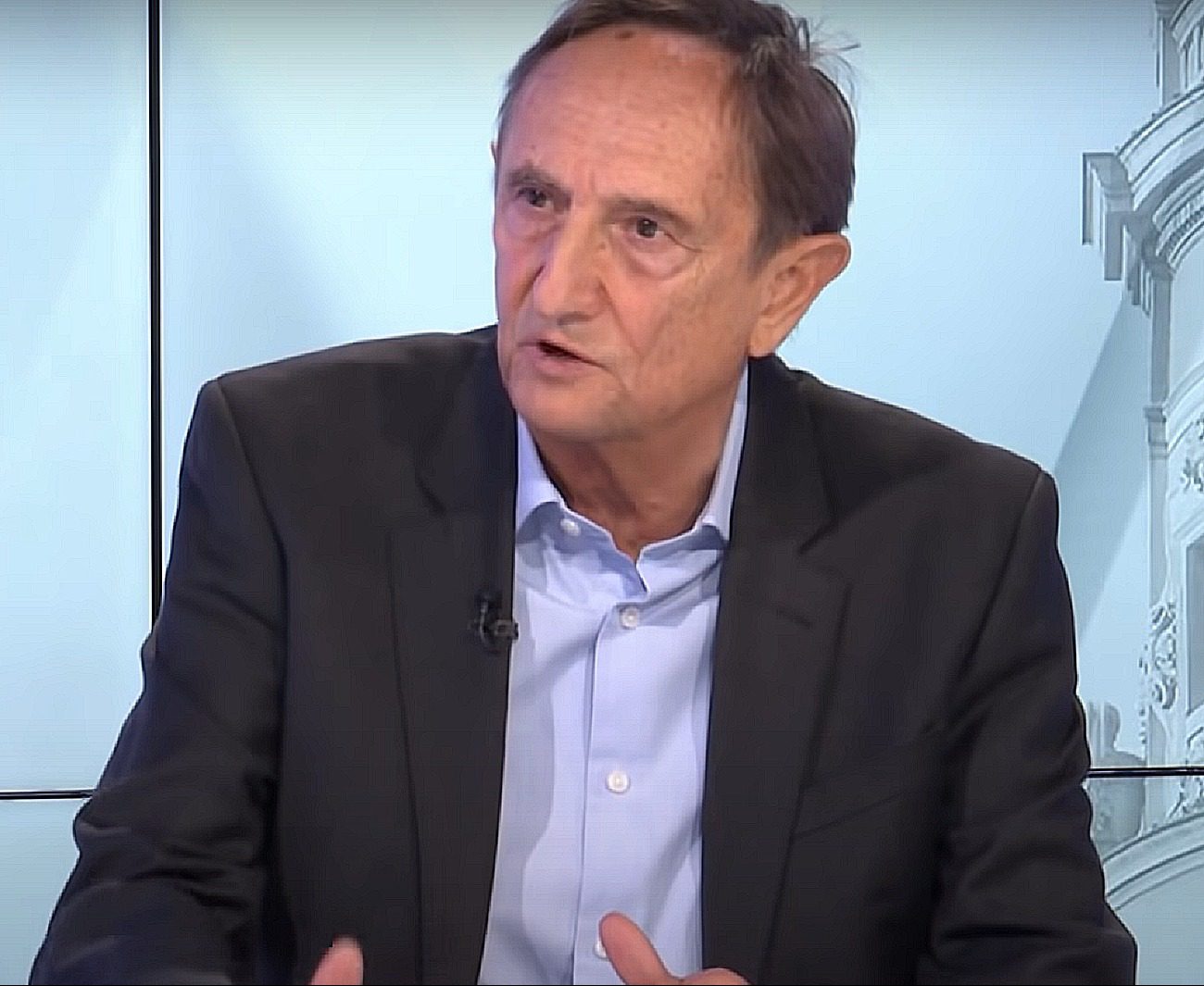Annually, 40,000 people “escape” from low-quality institutions and low wages
About 40,000 people annually emigrate from Serbia, due to the quality of services and institutions, education and healthcare, as well as the level of salaries, estimated until recently the president of the Fiscal Council, academician Pavle Petrović.
Petrović, at the presentation of his book “Macroeconomic crises and reforms in Serbia 1980-2023: Econometric analysis”, said that it is believed that the decisive factor for the population going abroad is the level of wages, but it is only in fourth place, Forbes reported. Serbia.
“Emigration of the population, together with a bad demographic picture, has led to a sharp drop in the unemployment rate in Serbia and in the countries of Central and Eastern Europe in recent years. In addition, the labor shortage has led to real wages growing faster than productivity,” Petrović said.
Cumulatively, from 2019 to 2023, wages grew by 18.2 percent in real terms, and productivity grew by 14.8 percent at the same time. In 2024, according to him, that trend will intensify, so wages will grow by 9.2 percent, and productivity by less than four percent, or rather 3.6.
“It is an unsustainable situation in the medium term, because wages should not grow faster than productivity.” Such a trend will slow down the economy and discourage investments,” warned Petrović.
He added that high wage growth and real strengthening of the value of the dinar threaten the competitiveness of the domestic economy.
“The previous growth model was based on attracting foreign investments and relatively cheap labor force. That labor is no longer cheap. The average salary in Serbia, in euros, is currently around 850 euros. “We are catching up with the countries of Central and Eastern Europe, but also, for example, Greece, where the average salary is 1,100 euros, or Portugal, which has 1,200 euros,” Petrović said.
A real measure of purchasing power
He stated that salaries in euros in Serbia increased twice in the period from 2017 to 2024, because then the average salary was 395 euros, and now it is around 850 euros.
Explaining what influenced the growth of wages in euros, Petrović stated that the real growth of wages in dinars is about 40 percent and that is a real measure of purchasing power.
“The dinar, on the other hand, has been constantly strengthening in real terms compared to the euro since 2017, and this cumulatively amounts to about 20 percent. The purchasing power of the euro decreased by about 25 percent due to inflation in the euro zone. “All this had an impact on the doubling of salaries in euros in Serbia,” Petrović said.
Economic theory, according to him, offers at least two explanations for the real strengthening of the domestic currency, the first being strong economic growth driven by technological progress and productivity growth, followed by a surplus in foreign trade.
“This is a healthy and sustainable strengthening of the domestic currency like Japan or Germany had in the 70s of the last century or Asian tigers like South Korea and Taiwan,” said Petrović.
The second explanation, as he said, is the strong inflow of foreign capital, which is sufficient and even exceeds the needs of the foreign trade deficit, but it is an unsustainable strengthening of the domestic currency that is not the result of a more competitive economy.
“GDP growth, driven by productivity growth, reduces the trade deficit, while the increase in the value of the domestic currency increases the deficit. In competitive economies, the positive effect of GDP growth offsets the negative effect of an increase in the real value of the domestic currency. “Such economies record foreign trade surpluses and have export-oriented growth despite the strengthening of their currencies,” Petrović said.
As he pointed out, Serbia is the latter case because the dinar is strengthening due to the strong inflow of foreign capital, which more than covered the current account deficit of the balance of payments. Possible consequences are a decrease in capital inflows or an increase in outflows, by taking profits.
Inflation still high
“Inflation has slowed down significantly in the past year and a half. From more than 16 percent in March 2023, it dropped to the current slightly more than four percent. However, it is still among the largest in Europe, behind Moldova, Romania, Poland and Iceland,” Petrović said.
He added that core inflation, i.e. that which excludes the prices of food, energy, alcohol and tobacco, is still high. In Serbia, as he said, it is currently more than five percent and has not slowed down for some time, while in the countries of Central and Eastern Europe it is around 3.5 percent.
“Unlike the period 2021-2023. when we imported high inflation, now we import low. But wages continue to grow strongly, above the growth of productivity, and this pushes inflation upwards,” says Petrović.
The solution, he assessed, is not to stop the growth of wages, that is, to slow them down, but to grow productivity faster, that is, to turn the economy to sectors that have a high added value and that can withstand that wage growth.
Source: Beta
Photo: Screenshots, Unsplash, Freepik
Source: bizlife.rs


